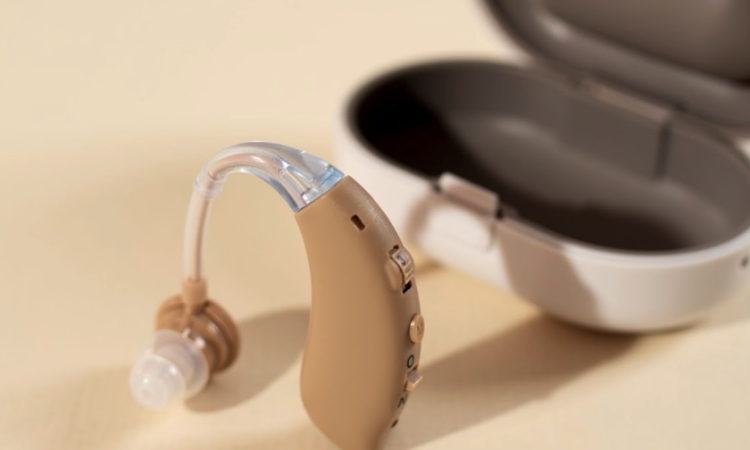
Introduction
Comfort is not a luxury when you spend long hours in the cockpit. It is a safety tool. When ear protection fits right, it stops being a distraction and becomes part of the job. Custom fit airplane earplugs do exactly that: they reduce the noise that drains attention and let pilots focus. They also make headsets more comfortable and communications clearer. Let’s break this down and look at why a tailored fit matters more than you might expect.
Why one-size-fits-all usually fails
Generic earplugs claim to fit everyone, but ears disagree. The result is uneven seals, constant readjustment, and reduced protection. That friction steals time and focus in the cockpit. Custom solutions remove the guesswork by matching the device to the user’s ear geometry. Pilots who switch to molded adapters report fewer distractions and more predictable performance.
A precise fit reduces leakage and distraction
A proper seal is the technical heart of hearing protection. When plugs leak, low-frequency engine noise slips through and the wearer often turns up headset volume to compensate. That cycle undermines the protection. A custom fit stops leaks before they start and delivers consistent attenuation across flights. That reliability is a big reason crews prefer the best airplane earplugs for repeated use.
Long-haul comfort that actually lasts
If protection becomes painful after a few hours, people take it out. That defeats the whole purpose. Custom earplugs distribute pressure evenly so you can wear them for an entire roster without soreness. Comfort increases compliance. When crews wear their protection consistently, they reduce cumulative exposure and stay sharper across long duty days.
Preserving speech clarity while blocking harmful noise
You shouldn’t have to sacrifice communications to protect your hearing. The best aviation earplugs are designed to attenuate hazardous frequencies while preserving the bands used for human speech. Custom molds can be tuned to the noise profile of aircraft, which helps maintain intelligibility for ATC and crew calls. Clear communication and good protection are not mutually exclusive.
Integration with headsets and comms systems
Custom adapters are built to play nice with aviation headsets. They keep microphones at the right distance and avoid pressure points under cushions. That compatibility reduces headset adjustments and avoids the need to boost volume unnecessarily. Pilots report that using compatible combinations leads to fewer repeats and a smoother workflow.
Hygiene and maintenance made simple
Reusable custom plugs clean up easily, and modern materials resist oils and sweat. Establishing a simple cleaning routine prevents irritation and keeps the plugs performing as intended. Because they last longer than disposables, custom adapters also reduce waste. That durability, combined with clear care steps, encourages crews to maintain their gear.
Why predictability matters for safety
There is a hidden safety benefit to predictability. When your protection behaves the same way every insertion, you reduce one more variable from the cockpit equation. That predictable behavior makes checklist execution and readbacks more reliable, since crews know how their equipment will affect what they hear. The best airplane earplugs give that repeatability, and repeatability improves margins.
Reducing fatigue through better noise management
Continuous low-frequency noise drains cognitive resources over time. Custom-fit solutions lower that baseline noise so brains don’t have to work as hard to filter sound. Pilots who use effective hearing protection report less end-of-shift fatigue and better concentration during critical phases. Choosing the right protection is a small change with large effects on endurance.
Cost trade-offs and long-term value
Custom adapters cost more up front, but they pay back quickly. Consider replacement cycles for cheap disposables and the time lost to fiddling and adjustments. For frequent flyers, a durable solution saves money and reduces distractions. When you model the lifecycle, the best aviation earplugs often become the more economical choice.
Selecting the right custom solution
Look for hypoallergenic materials if you have sensitive skin, and confirm compatibility with your headset. Try different tip geometries if available, and if you can, test a pair during a training sortie or a noncritical leg. Pay attention to vendor care guidance and warranty terms. A short trial gives you practical insight into fit, comfort, and communication quality.
Practical insertion and fit checks
Insert carefully and do a quick fit check before engine start. If the plugs require minor adjustment to seat properly, do that on the ground during preflight rather than inflight. Once you know how your custom adapters sit, the process becomes second nature and saves time during handovers and briefings.
Training and standard operating practice
Make insertion and care part of routine SOPs so everyone follows a consistent approach. Standardized training reduces variation in how people use the gear and increases overall compliance. When crews adopt the best airplane earplugs as part of their daily routine, the whole operation benefits from fewer communication hiccups.
Addressing common objections
Some worry custom adapters will muffle subtle cues or make headsets awkward. In practice, well-chosen molds improve clarity by allowing headsets to operate at lower gains. Others fear the initial cost. The numbers favor custom solutions for active crews when you account for replacements and lost attention. Most objections vanish once pilots try the right product under real conditions.
Conclusion
Custom fit airplane earplugs are not an indulgence. They are a practical upgrade that improves comfort, preserves communication, and protects hearing over a career. A precise seal reduces leakage, a tailored shape keeps you comfortable through long shifts, and compatibility with headsets keeps comms clear. If you fly regularly, try a custom option, test it in real duty conditions, and make care part of your routine. The result is less fatigue, clearer communications, and hearing that lasts. Choosing the best aviation earplugs for your needs is a small investment with big returns for safety and performance.







